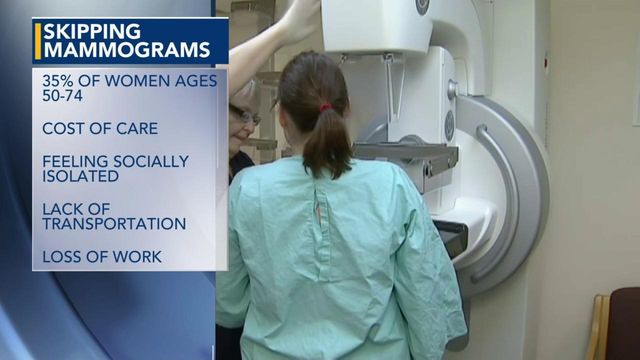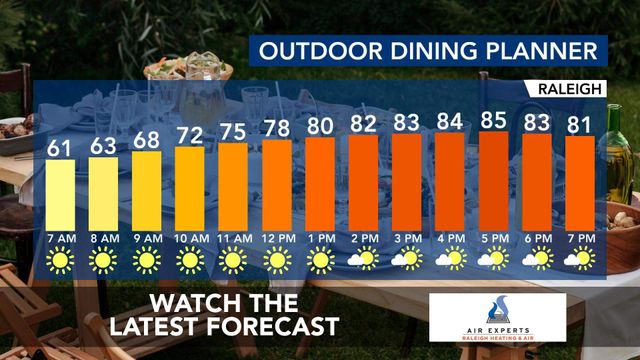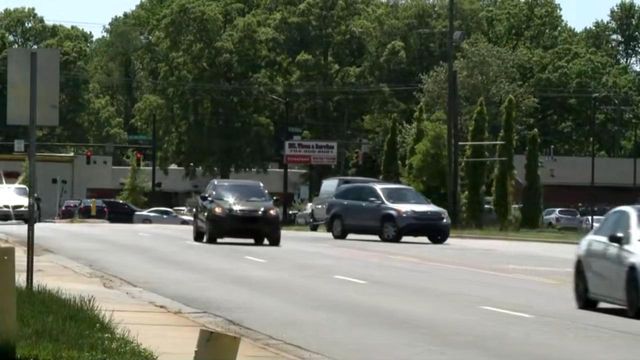Money, time are main reasons women skip mammograms
A new report by the CDC shows thousands of women aren’t receiving annual mammograms as recommended.
According to the latest Vital Signs study, 65% of women ages 50-74 with three or more health-related social needs, are keeping up with regular mammograms. About a third are not.
Dr. Jacqueline Miller, medical director for the CDC National Breast and Cervical Cancer Early Detection Program, explained the new data gives the first real look at what specific barriers women are facing when accessing mammograms compared to other healthcare services.
"The more health-related social needs someone has, the less likely they are to have a mammogram,” said Miller.
The study found six main health-related social needs linked to fewer mammograms:
- cost of care
- feeling socially isolated
- lack of transportation
- loss of work
- dissatisfaction with life
- receiving food stamps
Miller said the results show that there is not a one-size-fits-all approach that will work when it comes to reducing access issues.
“I think we really need to make sure we understand the individuals and understand what are their needs so we can address their needs, not just put throw everybody in the same pot and say, ‘Oh it’s transportation. If we had a transportation system everybody will get their healthcare.’ That’s not necessarily so,” she said.
According to the report, 40,000 U.S. women die each year from breast cancer.
CDC Chief Medical Officer Debra Houry said, “Identifying these challenges and coordinating efforts between health care, social services, community organizations and public health to help address these needs could improve efforts to increase breast cancer screening and ultimately save these tragic losses to families."
The study found mammography use ranged from 64-85.5% for women aged 50-74.
The study determined the cost of care was the biggest barrier to keeping up with routine mammograms.
“That goes beyond the cost of the test but are there things like not being able to get off work,” explained Miller.
She continued, “Some people have jobs that are paid by hourly wages and they don’t have time to take off. They don’t all have leave available to them. So, if they take off work that means they don’t get paid.”
When asked about the advancements in technology and earlier detection methods, Miller said access issues will continue to persist as long as people, especially those in rural areas, don’t have the resources they need.
"People still don’t have things. Maybe you have a car, but if your nearest heath provider is 45 minutes away and if you don’t have gas to drive 45 minutes there and back, that’s still a problem,” Miller said.
Miller said health systems need to pay closer attention to the specific barriers patients in their communities are facing to ensure access to life-saving tests.













